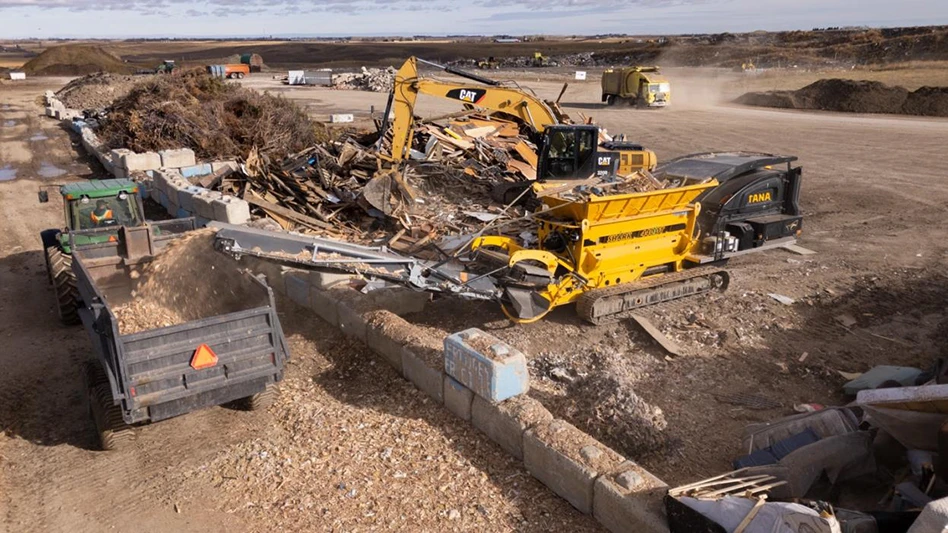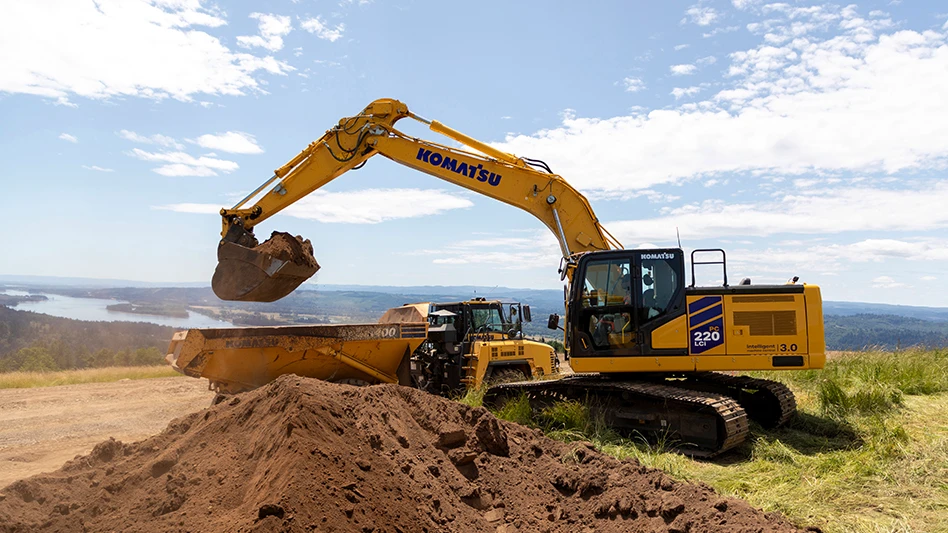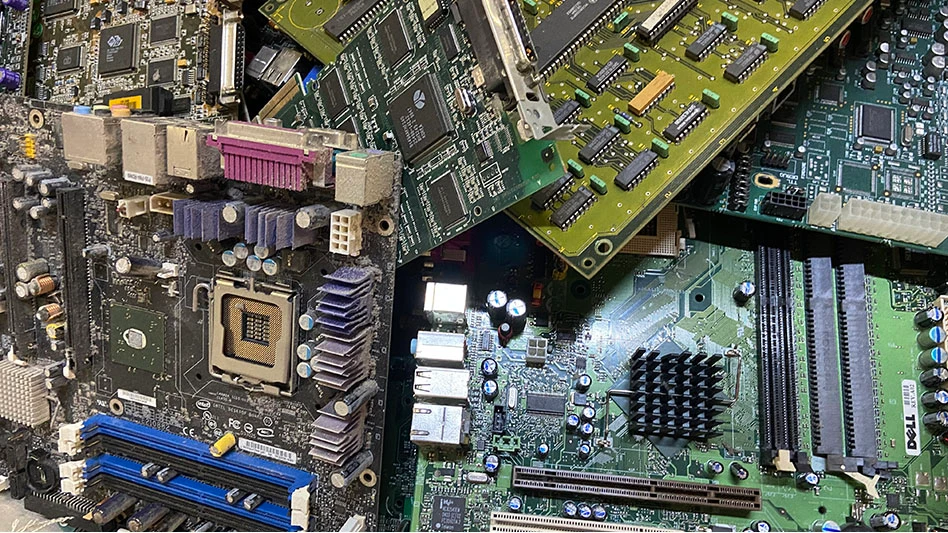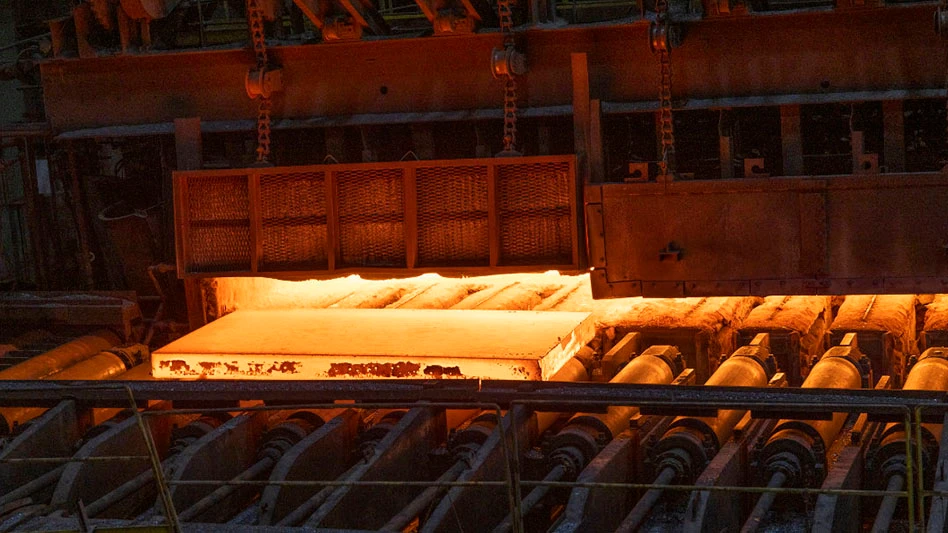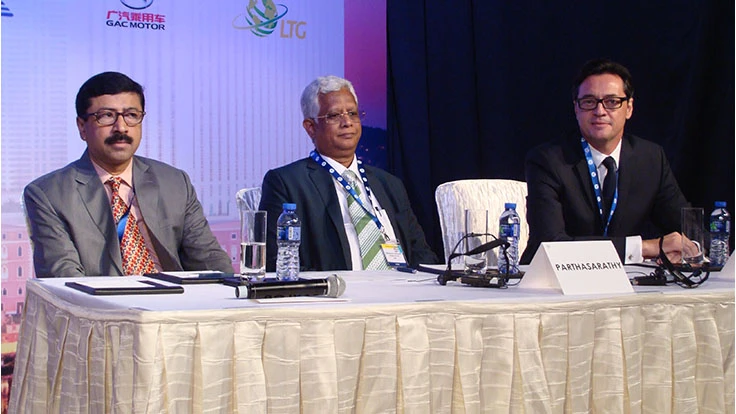
Market forces and a major government initiative are combining to bring computers and smartphones to India’s 1.3 billion people. In the years ahead, a growing number of these devices will find their way into the recycling stream, said speakers at a session of the 2016 Word Recycling Forum: Electronics & Cars Recycling, held in Macau, China, in mid-November.
Dr. Sandip Chatterjee of India’s Ministry of Communications & IT, New Delhi, said India’s status as the world’s fourth largest economy is driving the use of more computer equipment in homes and workplaces. By 2015 there were 1 billion mobile phones in use in India and 1.3 billion televisions. Those numbers will only grow, added Chatterjee, since 30% of India’s population will be in the 25-to-44-year-old demographic in 2020 (those being peak electronics usage years).
Additionally, said Chatterjee, the Digital India campaign involves spending government resources to provide smartphone, computer and Internet access to people in rural India.
The Ministry of Communications & IT is one of several that has been involved in helping E-Parisaraa Pvt. Ltd., based near Bangalore, India, set up a pilot program to bolster India’s electronic scrap recycling infrastructure.
Through the pilot program, E-Parisaraa (the subject of a 2014 Recycling Today Global Edition feature article) has expanded its ability to more fully recycle the metals, plastics and printed circuit boards (PCBs) it handles.
“The real problem is the informal sector,” E-Parisaraa’s Peethambaram Parthasarathy says of unregulated operators in India who expose workers to risks in the way they process obsolete electronics and PCBs.
The new process set up by E-Parisaraa shreds PCBs and treats them with a pyrolysis method to prepare them for smelting. An electro-refining process then creates a copper anode and an “anode slime” byproduct that can be further processed. He said the pilot program has “proven the viability” of a model that is “ideally suited for developing countries to enable local metals recovery” from PCBs.
With India’s technology being more recent, it will have less of a problem with one of the developed world’s leading recycling headaches: properly handling cathode ray tube (CRT) monitors and TVs.
Presenter Alexandre Comino of Italy-based Hellatron S.p.A. said CRTs contain from 1 to 1.5 kilograms (2.2 to 3.3 pounds) of lead in each unit. With the phasing out of this display technology, there are still obsolete monitors to recycle but “no real closed-loop market” to handle them, said Comino.
Comino said Hellatron’s process technology, which has been tested at a pilot plant in southern Italy, involves initial disassembly to remove the plastic casing, copper coils, power units (batteries) and power cords of CRT units.
That is followed by glass grinding, tumble cleaning and lead recovery processes that ultimately produce 99.8% pure lead powder and two types of silicates (sands) that contain trace amounts of lead that are well below mandated maximum levels, said Comino. He called it “the first proven technology in the world to succeed in extracting the lead contained in the CRT funnel glass with a cold hydrometallurgical process.”
The 2016 Word Recycling Forum: Electronics & Cars Recycling, was organized by Switzerland-based ICM AG and was 15-18 November in Macau, China.
Latest from Recycling Today
- Plastics market turbulence could continue in new year
- EGA Spectro Alloys donates to 30 nonprofits, charitable initiatives
- Signature Systems earns ISO certification
- Poll claims companies worried about future packaging materials shortages
- US EAF mills are running strong: Navigate Commodities
- Survey claims majority of Americans support DRS
- The ESG time trap: How companies fall behind before they ever begin
- Commentary | Recycling: An equation of supply and demand
